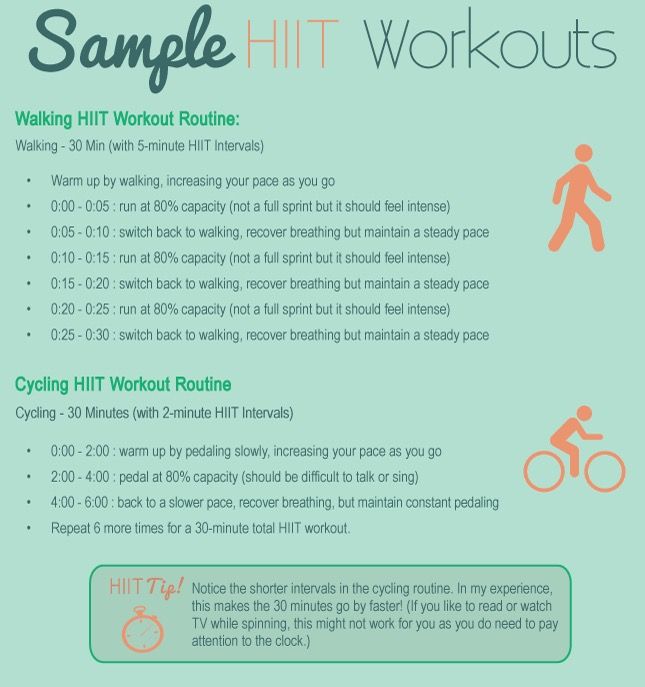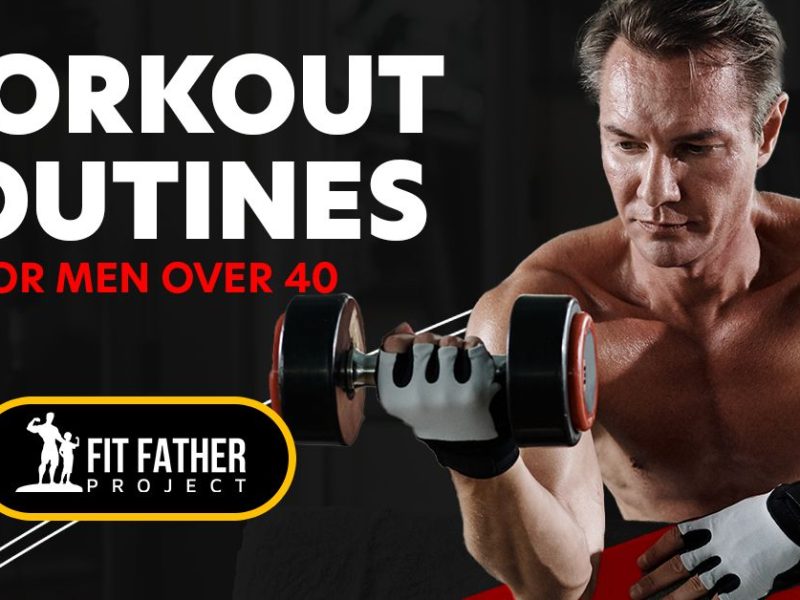High-Intensity Interval Training (HIIT) has become a popular fitness trend for its ability to burn calories quickly and effectively. However, the intense nature of HIIT workouts can leave your body feeling exhausted and sore. Proper recovery is essential to ensure that you can continue to push yourself during your next workout. Here are some tips on how to recover after an intense HIIT session:
Hydrate
One of the most important aspects of recovery after a HIIT session is hydration. HIIT workouts are intense and can cause you to sweat a lot, leading to dehydration. Make sure to drink plenty of water both during and after your workout to replenish lost fluids. Adding electrolytes to your water can also help restore your body’s electrolyte balance.
Stretch
Stretching is crucial for preventing muscle stiffness and soreness after a HIIT workout. Focus on stretching the major muscle groups that you worked during your workout, such as your legs, arms, and core. Incorporating stretching into your post-workout routine can help improve flexibility and reduce the risk of injury.
Rest and Recover
Rest is just as important as exercise when it comes to recovery. Your muscles need time to repair and rebuild after a strenuous workout. Make sure to get an adequate amount of sleep to allow your body to recover fully. Taking rest days between HIIT workouts can also help prevent overtraining and burnout.
Eat a Balanced Meal
After a HIIT workout, your body needs nutrients to help repair and rebuild muscle tissue. Make sure to eat a balanced meal that includes protein, carbohydrates, and healthy fats within an hour of finishing your workout. Protein is especially important for muscle recovery, so include foods like chicken, fish, tofu, or legumes in your post-workout meal.
Use Recovery Tools
There are a variety of tools available to help with post-workout recovery, such as foam rollers, massage balls, and compression sleeves. Foam rolling can help alleviate muscle soreness and improve flexibility, while massage balls can target specific areas of tightness. Compression sleeves can help reduce swelling and promote blood flow to speed up recovery.
Take a Cold Shower or Ice Bath
Cold water therapy can help reduce inflammation and speed up recovery after a tough workout. Taking a cold shower or immersing yourself in an ice bath can help reduce muscle soreness and improve circulation. If you’re not a fan of cold water, you can also try contrast water therapy by alternating between hot and cold water in the shower.
Listen to Your Body
Finally, it’s essential to listen to your body and be aware of any signs of overtraining or injury. If you’re feeling excessively fatigued, sore, or have persistent pain, it may be a sign that you need to take a break from intense workouts. Rest and recovery are just as important as pushing yourself during a HIIT session.
By following these tips, you can optimize your recovery after an intense HIIT session and ensure that you’re ready to tackle your next workout with full energy and strength.


